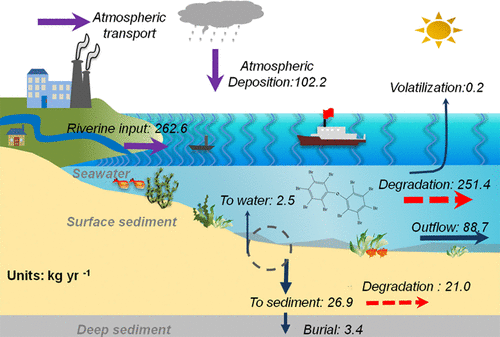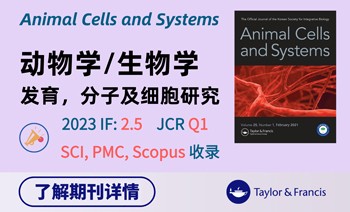当前位置:
X-MOL 学术
›
Environ. Sci. Technol.
›
论文详情
Our official English website, www.x-mol.net, welcomes your
feedback! (Note: you will need to create a separate account there.)
Decabromodiphenyl Ether versus Decabromodiphenyl Ethane: Source, Fate, and Influencing Factors in a Coastal Sea Nearing Source Region
Environmental Science & Technology ( IF 10.8 ) Pub Date : 2021-05-17 , DOI: 10.1021/acs.est.0c08528 Xiaomei Zhen 1, 2, 3 , Yanfang Li 2, 4 , Jianhui Tang 2, 4 , Xinming Wang 1 , Lin Liu 1, 2, 3 , Mingyu Zhong 5 , Chongguo Tian 2, 4
Environmental Science & Technology ( IF 10.8 ) Pub Date : 2021-05-17 , DOI: 10.1021/acs.est.0c08528 Xiaomei Zhen 1, 2, 3 , Yanfang Li 2, 4 , Jianhui Tang 2, 4 , Xinming Wang 1 , Lin Liu 1, 2, 3 , Mingyu Zhong 5 , Chongguo Tian 2, 4
Affiliation

|
Both decabromodiphenyl ether (BDE 209) and decabromodiphenyl ethane (DBDPE) are still produced in large quantities in China, especially in the Shandong Province closed to the Bohai Sea (BS). This study conducted a comprehensive investigation of the distribution and budget of brominated flame retardants (BFRs) in the BS. BDE 209 was the predominant BFR in most of the investigated rivers flowing into the BS, although DBDPE exceeded BDE 209 in certain rivers as a result of the replacement of BDE 209 with DBDPE in North China. The spatial distributions of BFRs in the rivers were controlled by the proximity of the BFR manufacturing base and the extent of urbanization. BFRs’ spatial distribution in the BS was influenced by a combination of land-based pollution sources, environmental parameters (e.g., suspended particulate matter, particulate organic carbon, and particulate black carbon), and hydrodynamic conditions. The spatial variation trend of BDE 209/DBDPE ratios in various environmental media provided useful information. Vertically, the BDE 209/DBDPE ratio decreased from the seawater surface layer to the sediment, indicating their differential transport in the BS. A multi-box mass balance model and analysis of BDE 209 showed that degradation was the primary sink of BFRs in seawater (∼68%) and surface sediment (∼72%) in the BS.
更新日期:2021-06-01































 京公网安备 11010802027423号
京公网安备 11010802027423号